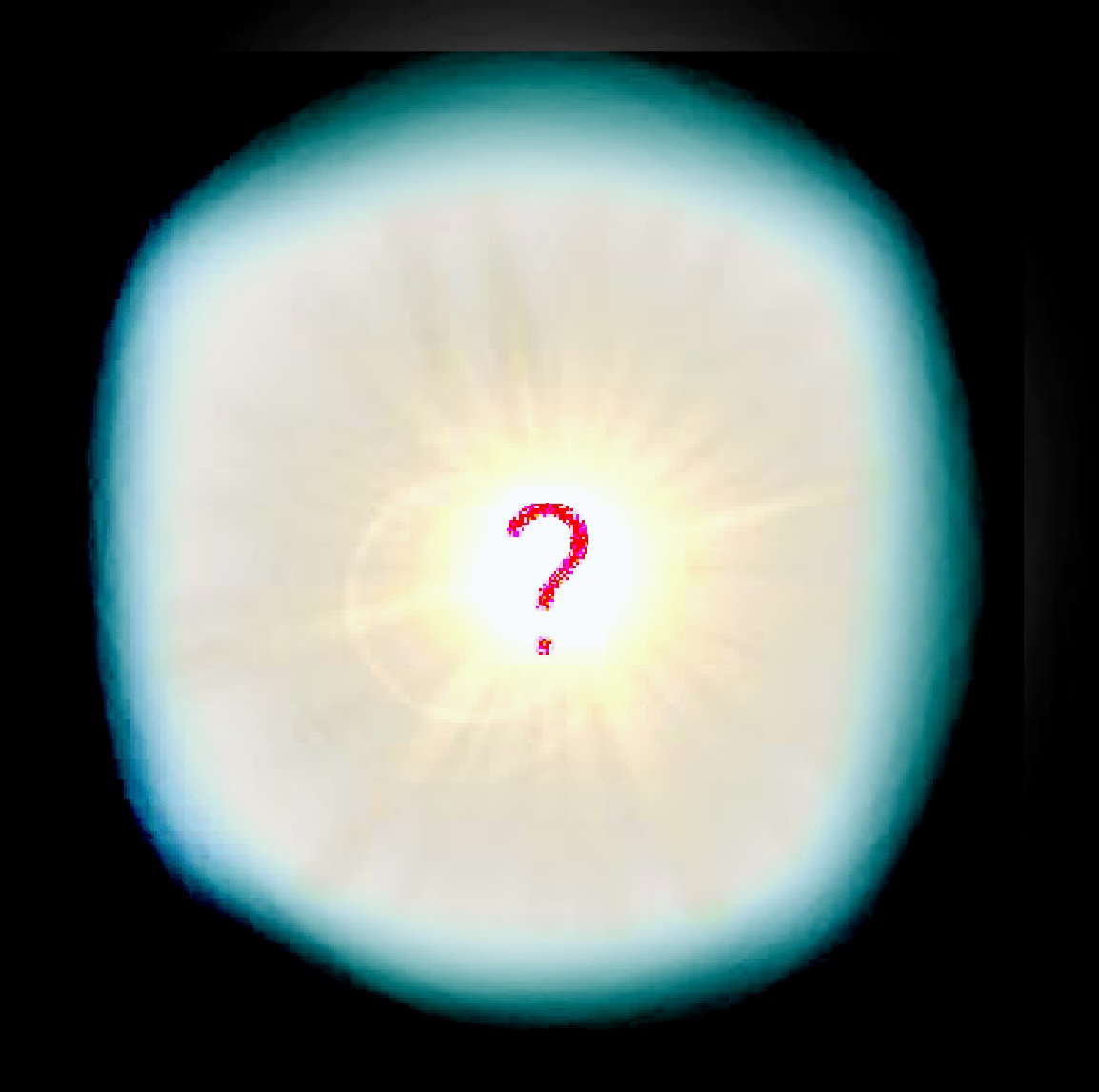contents


Scientific Classification
| Domain | Eukaryota |
|---|---|
| Kingdom | Animalia |
| Phylum | Chordata |
| Class | Mammalia |
| Order | Carnivora |
HOMUNCULI_
"Ever heard of the 'gorilla problem', kid? It's a class of problems introduced by Dr. Russell at Berkeley. The gist of it is that because human capabilities are so much greater than those of a gorilla, 'their species has essentially no future beyond that which we deign to allow.' so the question is how do we prevent ourselves from a gorilla's fate? We've been sitting pretty comfortably, aware and handling possible threats like artificial intelligence. Well, we now have another contender and it's one we're already too far gone to stop." —— Stahl in NECROPHANTASMAGORIA (20XX)
Homunculi (singular: homunculus) are a biological family of mammal-like animals found in all continents, including Antarctica. The species are the absolute apex predator on Earth; they prey on all other animals and are not eaten by any species asides from their own. All homunculi have the capacity to digest meat and partake in cannibalism. They are obligate carnivores with fast metabolism, therefore they are inclined to hunt large animals such as bears and tigers.
Species that are a member of this family include vampires.
The history of homunculi remains largely unknown and chalked up to extraterrestrial mystery. All homunculi originate from Earth but the genus was ‘fecundated’ by imposing cosmic radiation, first seen in the mesozoic era.
In the early 17th century, they experienced a genetic bottleneck on Earth and now are at an extremely high risk of extinction; they’re believed by the vast human population to not exist. Because of this, they lack formal taxonomy and are colloquially called Homunculi despite the divergence in the semantics of the word.
Again, due to poor taxonomy, homunculi often betrays the rectified standards of its scientific classification. For example, despite being a part of the Chordata phylum, many homunculi lack the synapomorphies such as a notochord.
While homunculi mainly take a physical form reflecting different extant and extinct species, in their original incarnations, they don’t have a definite shape and are full of teeth, tendrils, and fleshy blades made of tissues and fibers. Homunculi are the only living entities that can have the ichor (ICHR) antigen. Those with the antigen in their blood, makes their blood have great but unstable healing and stimulating properties. Lab-processed homunculi blood, referred to simply as ichor, is much more stable and fetches high prices in clandenstine markets. They have eerily human features, mostly human-like psychology and intellect. Most of them have picked up on human speech though they mainly rely on closed-mouth vocalization when communicating to each other.
Homunculi are dynamically morphous. They can look drastically different from each other, even those of the same species and this is mostly determined by the environment they grow up in.
Homunculi and humans have always been at odds. Homunculi were known to prey on humans and as a result, humans banded together to hunt homunculi out of fear. Homunculi were driven out of human spaces due to habitat loss, persecution, and depletion of prey, and mostly stay in the untouched wilderness with the exception of vampires. Now, they rarely cross paths.
The first homunculi existed 250 million years ago during the Mesazoic era in the form of dinosaur-looking creatures without skin.
While definitely mortal, they’re exceptionally hardy as most are able to exist in the vaccuum of space, intense radiation, and extreme pressures. Starting in the 1970s, the continuous string of astronaut disappearances can be attributed to homunculi killings but blamed on foreign conflicts.
